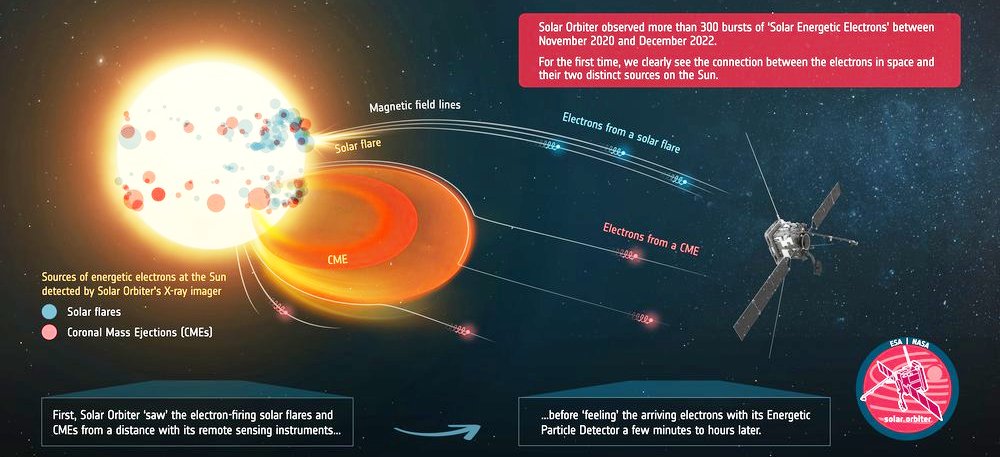Spanish startup signs three customers for first flight of its returnable capsule
The Spanish startup Orbital Paradigm today announced it has signed up three customers for the first flight of a subscale version of its Kestrel returnable capsule.
As it prepares for the inaugural flight of its return capsule, Orbital Paradigm has developed a subscale prototype to validate key technologies that will be used aboard Kestrel. According to the company, the prototype was built in less than a year for under €1 million.
In a 4 September announcement, Orbital Paradigm stated that its KID demonstrator will carry payloads for ALATYR (France), Leibniz University Hannover (Germany), and an undisclosed third customer. While the 4 September announcement did not include details about the Leibniz University Hannover payload or that of the undisclosed customer, ALATYR CEO Emeric Lhomme said his company’s payloads would demonstrate its robotic laboratory technology, which is designed to support microgravity research and production.
The company is also planning a second test flight with another subscale test spacecraft. Once operational in the 2030s, the company hopes to fly Kestrel monthly on three month missions.
The returnable capsule industry is certainly heating up. The American company Varda might have been first to do this in 2023-2024, but since then the field has gotten very crowded. In the U.S. we now have Inversion Space, Sierra Space, and even SpaceX using Starship.
In Europe we have The Exploration Company in France with its Nyx capsule, the German startup Atmos with its Phoenix capsule, the Spanish startup PLD with its Lince capsule, and the Luxembourg startup Space Cargo with its Bentobox capsule.
In addition, both China and Russia have recently flown returnable capsules, though it is not clear either has profit in mind.
This flood of startups strongly suggests there is great interest in the investment community for manufacturing products in space. While it is likely some of these startups will go belly-up, their number tells us that there is money to be made in this area, now that the cost of launch has dropped so significantly. With the expected advent of new rocket companies in the next two years, that cost will lower even further.
The Spanish startup Orbital Paradigm today announced it has signed up three customers for the first flight of a subscale version of its Kestrel returnable capsule.
As it prepares for the inaugural flight of its return capsule, Orbital Paradigm has developed a subscale prototype to validate key technologies that will be used aboard Kestrel. According to the company, the prototype was built in less than a year for under €1 million.
In a 4 September announcement, Orbital Paradigm stated that its KID demonstrator will carry payloads for ALATYR (France), Leibniz University Hannover (Germany), and an undisclosed third customer. While the 4 September announcement did not include details about the Leibniz University Hannover payload or that of the undisclosed customer, ALATYR CEO Emeric Lhomme said his company’s payloads would demonstrate its robotic laboratory technology, which is designed to support microgravity research and production.
The company is also planning a second test flight with another subscale test spacecraft. Once operational in the 2030s, the company hopes to fly Kestrel monthly on three month missions.
The returnable capsule industry is certainly heating up. The American company Varda might have been first to do this in 2023-2024, but since then the field has gotten very crowded. In the U.S. we now have Inversion Space, Sierra Space, and even SpaceX using Starship.
In Europe we have The Exploration Company in France with its Nyx capsule, the German startup Atmos with its Phoenix capsule, the Spanish startup PLD with its Lince capsule, and the Luxembourg startup Space Cargo with its Bentobox capsule.
In addition, both China and Russia have recently flown returnable capsules, though it is not clear either has profit in mind.
This flood of startups strongly suggests there is great interest in the investment community for manufacturing products in space. While it is likely some of these startups will go belly-up, their number tells us that there is money to be made in this area, now that the cost of launch has dropped so significantly. With the expected advent of new rocket companies in the next two years, that cost will lower even further.











